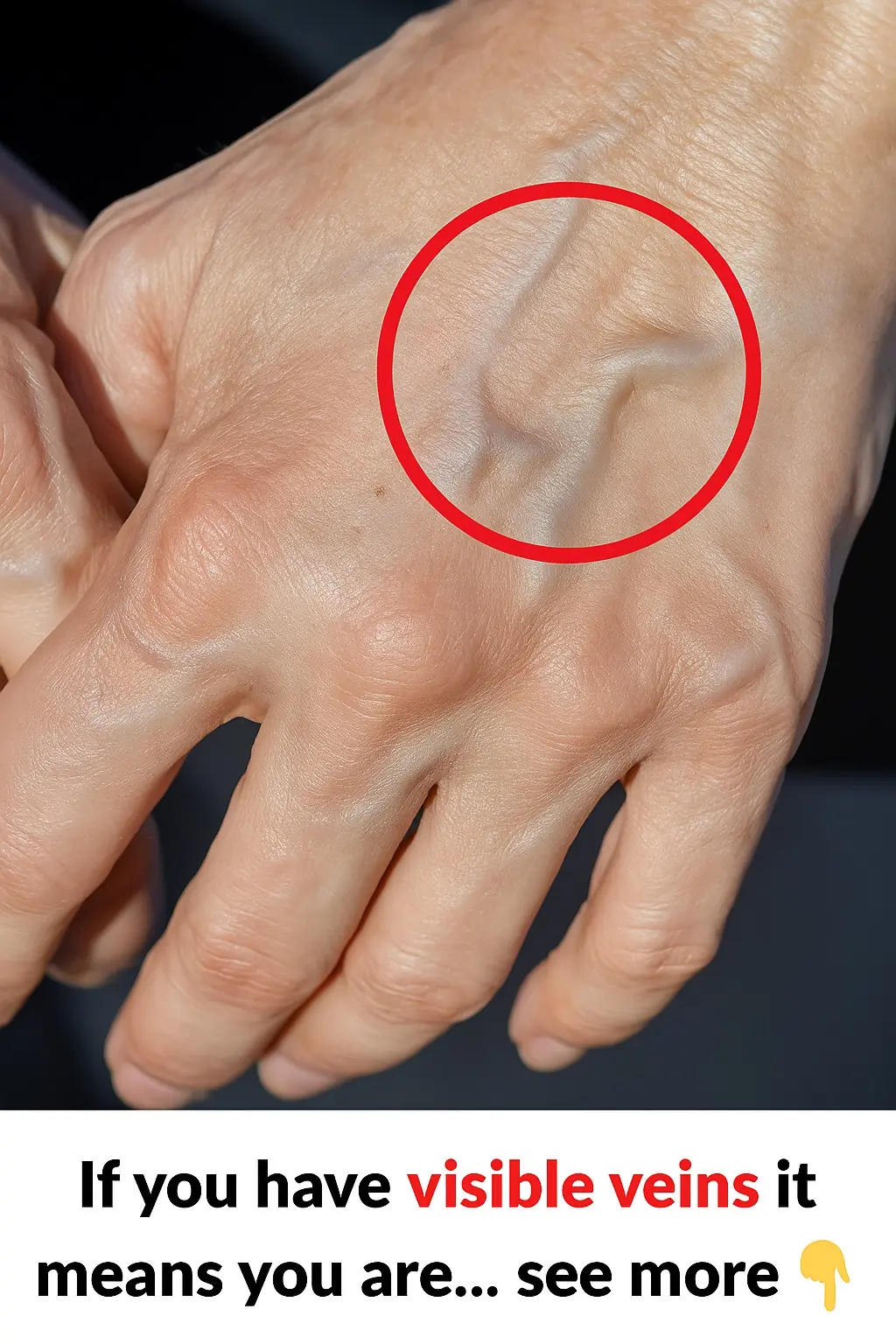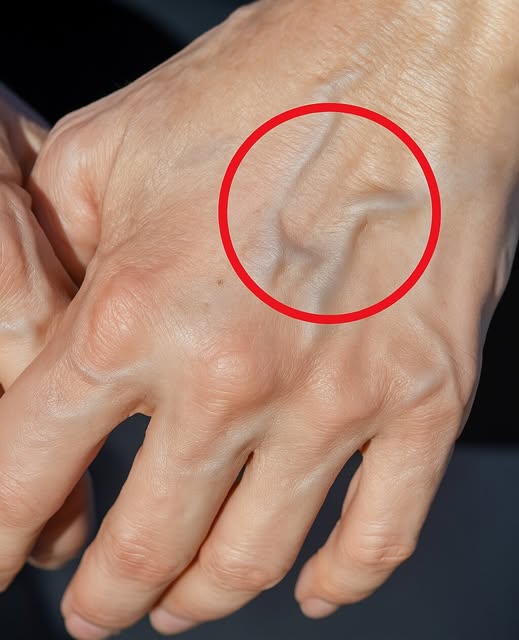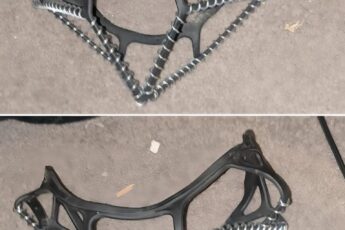Visible veins aren’t always a sign of something serious, but they can sometimes point to an underlying health issue that needs attention. Usually, when veins pop out or look more prominent, it’s just because of normal things happening in your body. For example, after a workout, as you get older, or in hot weather, veins might be more noticeable. Other factors like genetics, sun exposure, or carrying extra weight can also make veins more visible. Most of the time, these bulging veins are harmless and don’t cause any real problems—they’re just part of how your body responds to various conditions.

However, if you notice your veins suddenly becoming much more obvious, or if the appearance is changing over time, it’s a good idea to pay attention and maybe see a healthcare provider. Sometimes, veins swell because blood isn’t flowing back to the heart properly, instead pooling in the vessels. This can happen if the veins are weak or damaged. That’s what causes varicose veins—those thick, twisted, swollen veins that most often appear on the legs but can sometimes show up on the arms or other parts of the body.
For most people, visible veins are usually just cosmetic or a temporary issue, especially if they come and go or are related to temperature. When it’s hot outside, for example, the veins tend to expand slightly as your body tries to cool down. After exercise, they might be more prominent because your blood flow is increased. But if you notice symptoms like pain, swelling, redness, or discoloration around the veins, that could be a sign of a problem that needs medical attention.
Some common conditions related to bulging veins include:
- Phlebitis: An inflammation in the veins that causes tenderness, redness, and swelling.
- Varicose veins: Enlarged, twisted veins that might burn, itch, or feel heavy.
- Deep vein thrombosis (DVT): A more serious issue where blood clots form deep inside the veins, usually in the legs, which can be life-threatening if not treated promptly.
In addition to these, sometimes you might see veins in unusual patterns or spots, like on your chest or abdomen. While rare, these can sometimes be linked to internal health issues, such as liver problems or tumors, especially if combined with other symptoms like weight loss, fatigue, or abdominal pain. So, if you notice new, unusual, or changing veins along with other signs, it’s best to consult a doctor for a proper diagnosis.
So, when should you go see a doctor? Here are some signs that it’s time to get checked out:
- If your veins suddenly become more prominent without any obvious reason.
- If you experience persistent pain, cramping, or swelling associated with the veins.
- If the skin around your veins changes color, becomes thickened, or shows signs of infection.
- If you’re just worried or unsure about what you’re seeing and want reassurance.
In general, most people’s visible veins are just a normal part of aging or body temperature regulation—they’re nothing to be afraid of. But paying attention to how your body changes, and getting checked if something feels off, is always a smart move. Especially if there are other symptoms like pain, swelling, or skin discoloration, it’s best to get professional advice.
Remember, understanding your body’s signals is key to staying healthy. While many visible veins are harmless, it’s important not to ignore any sudden changes or symptoms that seem unusual. When in doubt, talk to your healthcare provider—they can help determine if there’s a real concern or if it’s just a normal variation.
In the end, most visible veins are just part of your body’s natural response to heat, activity, or age. But being aware and cautious helps you catch health issues early and stay in control of your wellbeing.


